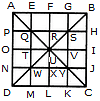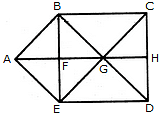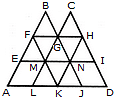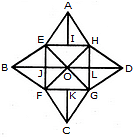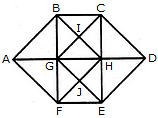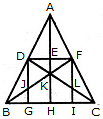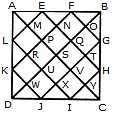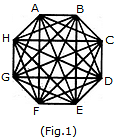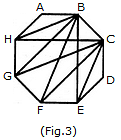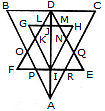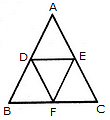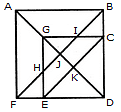Analytical Reasoning Quiz II, Non Verbal Reasoning - CUET Commerce MCQ
15 Questions MCQ Test General Test Preparation for CUET - Analytical Reasoning Quiz II, Non Verbal Reasoning
Find the number of triangles in the given figure.


Find the number of triangles in the given figure.


| 1 Crore+ students have signed up on EduRev. Have you? Download the App |
Find the number of triangles in the given figure.


Find the number of triangles in the given figure.

Find the number of triangles in the given figure.

Find the number of triangles in the given figure.

Find the number of triangles in the given figure.

Find the number of triangles in the given figure.

Find the minimum number of straight lines required to make the given figure.

What is the number of straight lines and the number of triangles in the given figure.

Find the number of triangles in the given figure.

What is the number of triangles that can be formed whose vertices are the vertices of an octagon but have only one side common with that of octagon?
Find the number of triangles in the given figure.

Find the number of triangles in the given figure.

Find the number of triangles in the given figure.

|
154 videos|396 docs|723 tests
|
|
154 videos|396 docs|723 tests
|



